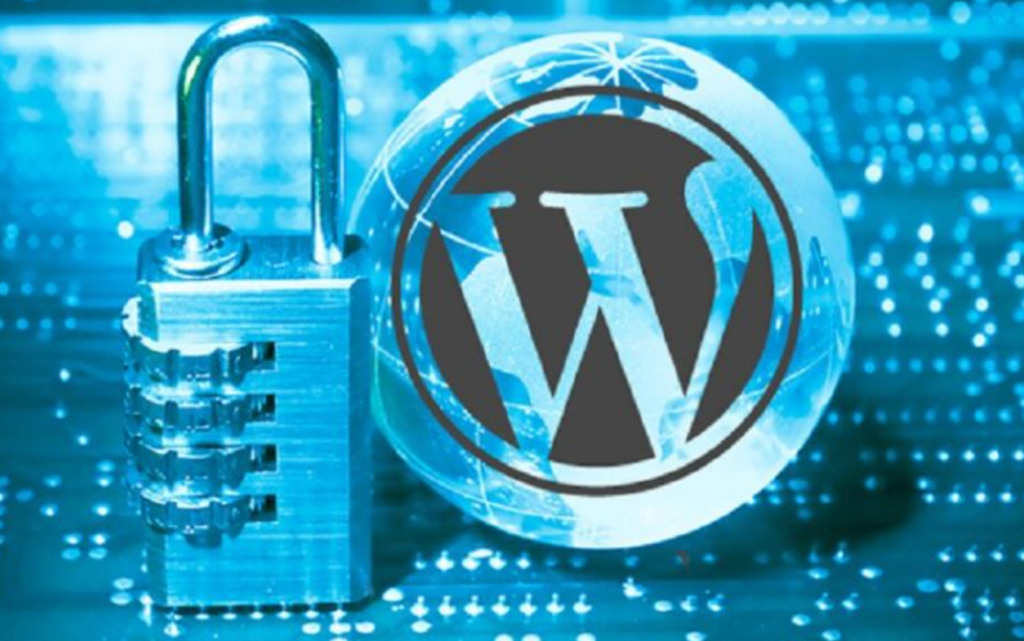Imagine waking up one day to find your WordPress site compromised, your data stolen, and your reputation tarnished. Unfortunately, this is a reality for many site owners. With 97% of WordPress security issues linked to plugin and WordPress vulnerabilities, regular scans and proactive measures become imperative.
With the rise of cyber threats, securing your WordPress site is more important than ever. Regular vulnerability scans, updating plugins and themes, and using top-notch security tools can safeguard your site from risks like XSS and SQL injections.
This guide will walk you through essential steps to prepare for and conduct scans, pick the right security plugins, and address vulnerabilities effectively—ensuring your website stays protected.
Key Takeaways
- Regularly scan your WordPress site for vulnerabilities to protect against threats like XSS and SQL injections.
- Keep all plugins, themes, and the WordPress core updated to reduce security risks significantly.
- Implement automated security scans and enable two-factor authentication for continuous protection and enhanced security.
Understanding Common Vulnerabilities in WordPress Sites

Effectively protecting your WordPress site requires understanding common vulnerabilities exploited by hackers, such as cross-site scripting (XSS), SQL injections, and outdated plugins/themes.
Recognizing these vulnerabilities is the first step in mitigating security risks.
Cross-Site Scripting (XSS)
Cross-site scripting (XSS) is a vulnerability that allows the injection of malicious code into your WordPress site, executing scripts on users’ browsers. This can lead to stolen credentials and unauthorized access to sensitive information. Alarmingly, XSS vulnerabilities account for nearly half of the vulnerabilities assessed in WordPress plugins.
Hackers often exploit comment sections to inject malicious scripts into a site. Once these scripts are executed, they can steal user credentials and allow attackers to impersonate users on various platforms.
SQL Injections
SQL injections exploit database vulnerabilities by allowing hackers to execute unauthorized SQL code. This can expose confidential information, such as credit card details, and even allow attackers to take over the site or delete the database. Approximately 20% of hackers utilize SQL injection attacks, highlighting the importance of protecting against this threat.
These attacks can affect various types of websites, including e-commerce sites built on WooCommerce. Robust security measures are essential to defend against SQL injections, safeguard sensitive data, and maintain site integrity against brute-force attacks.
Outdated Plugins/Themes
Outdated plugins and themes are a significant security risk for your WordPress site. Failing to update them can lead to vulnerabilities due to the lack of necessary patches. Inactive or outdated plugins can expose your site to cyber threats, as they may not have the latest security updates.
Regular updates from reputable developers are crucial to mitigate these risks.
Keeping all plugins and themes up-to-date significantly reduces the chances of a security breach and ensures your site remains secure.
Also Read: Essential WordPress Security Hardening Techniques to Protect Your Site
Protecting Your WordPress Website from Vulnerabilities Can Be Time-Consuming
Let WPTasks handle it for you! Our team specializes in comprehensive WordPress security, from conducting vulnerability scans to implementing robust protection measures.
How to Prepare for a Vulnerability Scan

Before conducting a vulnerability scan, prepare your WordPress site by backing it up and updating all components, including the core, themes, and plugins, to ensure a smooth and effective process.
Backup Your WordPress Site
Backing up your WordPress site prevents data loss during vulnerability scans. Tools like the hosting provider’s backup tool via cPanel or the UpdraftPlus plugin are recommended for this task.
Update WordPress Core, Themes, and Plugins
Updating your WordPress components addresses known security vulnerabilities and ensures site integrity. To improve accuracy, always update all plugins, themes, and the WordPress core before conducting a scan.
Choosing the Right WordPress Security Plugins

Selecting the right security plugins is crucial for effectively scanning your WordPress site for vulnerabilities. An ideal security plugin should include features like malware detection, firewall protection, and brute force prevention.
Wordfence Security Plugin
Wordfence offers robust features such as a firewall, malware scanner, and real-time threat detection, making it a popular choice for enhancing website security. Its user-friendly interface and competitive pricing add to its appeal.
Sucuri Security Plugin
Sucuri Security is a cloud-based platform that protects websites from malware, DDoS attacks, and defacement. It offers features like DDoS protection, firewalls, performance optimization, and site backup, making it ideal for high-traffic and eCommerce sites.
MalCare Security Plugin
MalCare is known for its automated malware scanning, removal, and prevention, making it suitable for busy site owners. Its smart scanning technology ensures the effective identification of malicious elements and provides comprehensive website security.
Read: How WordPress Support Agencies Are Adapting to New Security Threats
Conducting a Vulnerability Scan on Your WordPress Site

Conducting a vulnerability scan involves several steps: installing a security plugin, configuring scan settings, and running the scan. Using a security plugin is one of the most effective ways to scan your WordPress site for vulnerabilities.
Installing and Activating the Plugin
Search for the WordPress security plugin on the WordPress Plugins page and follow the prompts to activate it.
Ensure you configure its initial settings correctly after activation.
Configuring Scan Settings
Configuring scan settings ensures a thorough and effective scan. Utilize tools such as WPScan for real-time vulnerability data through the WordPress Vulnerability Database API.
Running the Scan and Monitoring Progress
Click the ‘Start a Wordfence Scan’ button to start a scan using Wordfence. Monitor the progress, which typically takes a few minutes, depending on your site’s size.
Do not miss: Best Practices for Collaborating with WordPress Support: Effective Tips and Strategies
Analyzing and Addressing Scan Results
Analyzing scan results is vital for identifying and addressing security issues. Review the scan reports and promptly fix any identified vulnerabilities.
Reviewing Vulnerability Reports
Vulnerability reports typically include a summary of threats, detailed vulnerabilities, and recommended remediation actions. Categorizing vulnerabilities helps prioritize fixes based on severity, ensuring critical issues are addressed first.
Applying Fixes for Identified Vulnerabilities
Start applying fixes with vulnerabilities that pose the highest risk to your site. Promptly addressing vulnerabilities reduces the risk of exploitation by attackers.
Best Practices for Ongoing WordPress Security

Ongoing security features for your WordPress site involve best practices like enabling two-factor authentication, regularly changing passwords, and implementing firewall protection.
Enable Two-Factor Authentication (2FA)
Two-factor authentication (2FA) adds an extra layer of security by requiring an additional verification step beyond a password. It significantly reduces unauthorized access to accounts.
Regularly Change Passwords
Frequent password changes can safeguard against security breaches. Use unique and complex passwords for enhanced security.
Implement Firewall Protection
A web application firewall acts as a protective barrier between your web application and the internet, significantly enhancing site security. Firewalls block connections from known harmful IP addresses, reducing the risk of potential attacks.
Setting Up Automatic Scans
Automated scans are crucial for continuous protection, regularly checking for vulnerabilities, and ensuring timely responses to threats.
Utilizing Alerts and Notifications
Alerts immediately inform site owners of detected vulnerabilities or security threats. Regularly reviewing and responding to alerts is crucial for maintaining your WordPress site’s overall security posture.
Discover: Simple Steps to Update WordPress Safely
Summary
Scanning your WordPress website for vulnerabilities is an ongoing process that requires diligence and the right tools. By understanding common vulnerabilities, preparing adequately, choosing the right security plugins, conducting thorough scans, and addressing identified issues promptly, you can significantly enhance your website’s security.
Implementing best practices and automating security scans ensures continuous protection, safeguarding your site and maintaining trust among your users.
Remember, a secure website is not just a technical necessity but a cornerstone of your online reputation and business success.

